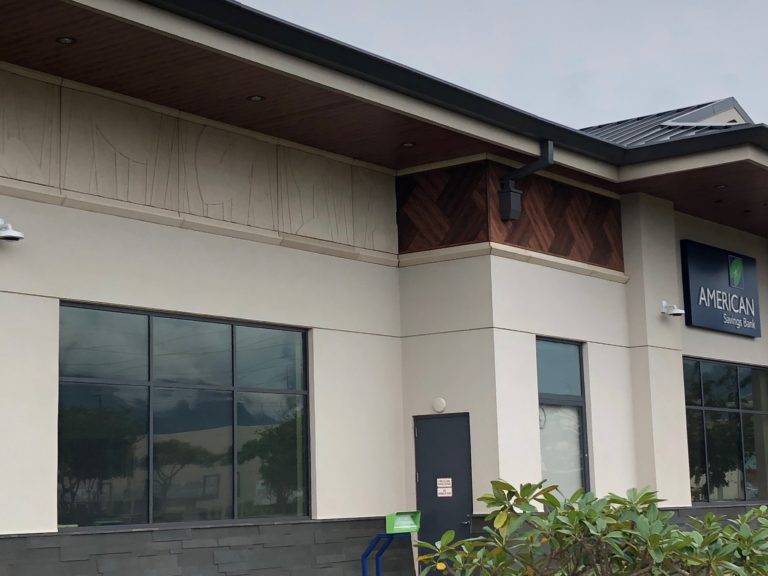GFRC has been in use for decades. It was first developed in the 1940s, and began seeing more universal use in the 1970s when the introduction of alkaline resistant glass fibers made GFRC one of the most durable and versatile construction materials on the market. In more recent years, artisans and architects have realized GFRC’s decorative potential as well.
Whether used as architectural cladding, a sculpture piece, or any application in between, almost any imagined artistic need can be met with GFRC. Much of this has to do with shaping, and GFRC be molded into shapes and customized with intricate details. But beyond shape, there are also endless options for embellishing GFRC.
Popular GFRC Customizations
Any design that can be achieved with regular concrete is possible with GFRC, although that is only the beginning. Shaping and finishing options enable us to do more, while the lightweight and durable material can also be used in more places.
Some of the options that can be incorporated into GFRC at the production stage include:
- Integral Coloring – Pigments can be blended into the initial GFRC mixture before it is put into molds. This provides a vibrant and evenly distributed coloration.
- Dying – Dye is another coloring method that is applied to the cured concrete, often through spraying, to stain the surface. They are slightly translucent and can be mixed or layered to produce limitless combinations.
- Acid Staining – Once concrete has cured, acid stains use metallics that react with the concrete to create colors. The color possibilities include reds, oranges, brown, bluish greens, and yellowish greens, but the strength of the acid can be varied to achieve the colors’ intensity.
- Veining – By mixing in a colored compound while casting the concrete, we create a veining effect that resembles natural stone.
- Aggregate Decoration – Different aggregates like rock and pebbles, colored glass, and more can be added to the GFRC mix. When cured, these aggregates are visibly distributed throughout the piece.
- Etching – Acid etching is a method of preparing concrete for finishing. The same method used for traditional concrete will work on GFRC.
- Stenciling – Stencils can be used with concrete stain to apply a decorative design to GFRC surfaces.
- Polishing – Polished GFRC has a glossy finish that maintains its appearance for years without needing polishing or other extensive maintenance.
With these design elements, it is possible to create GFRC products for all types of purposes. We can design pieces that, when finished, can imitate rock, marble, or even wood.
Whatever your ideas for incorporating GFRC into your architectural project, large or small, GC Products has the design options to make your ideas reality. Contact us today to talk about the options and discover the possibilities with GFRC.


